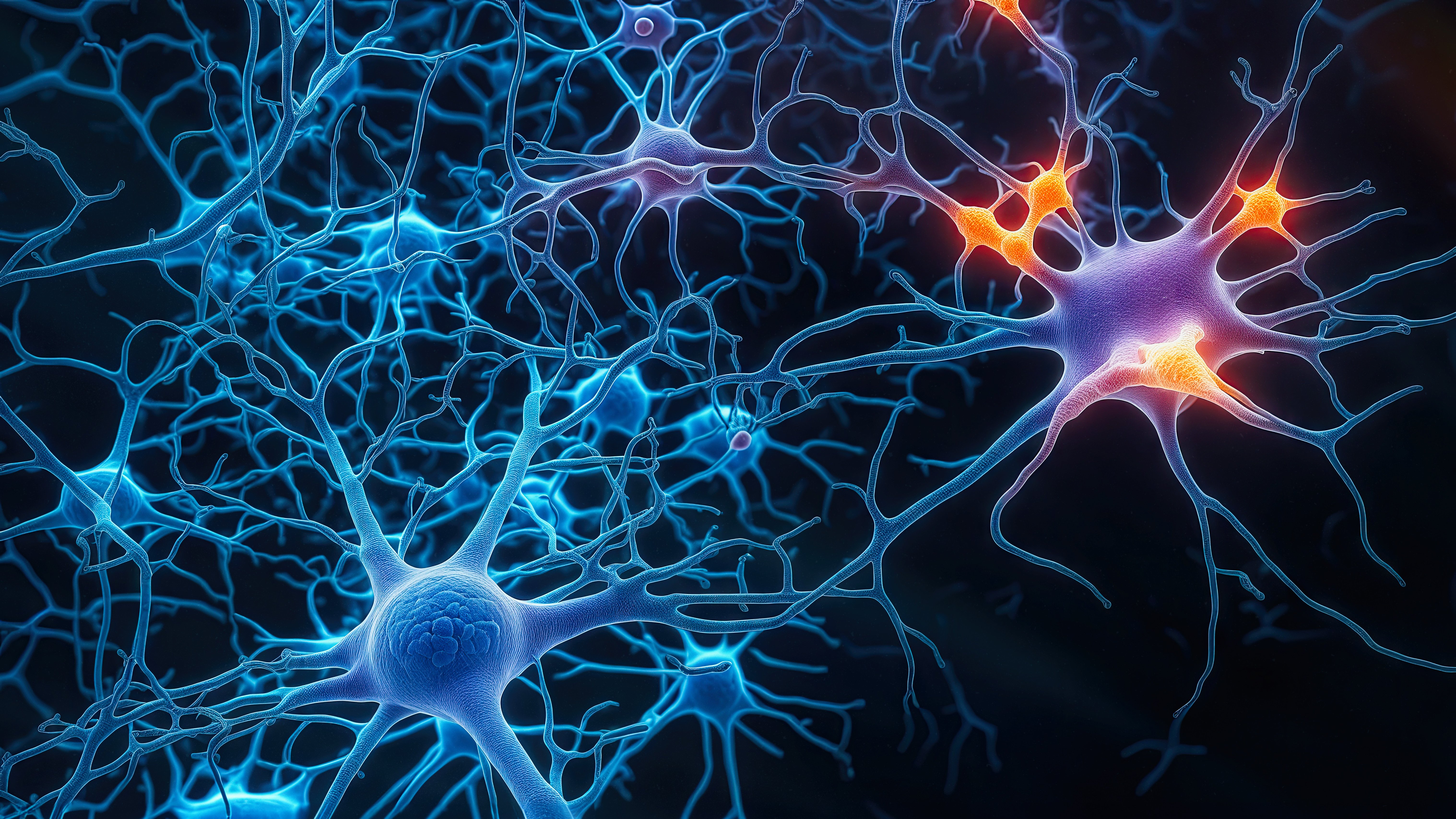
Telltale Tau: The Role of a Neurodegenerative Disease Biomarker

Neurodegenerative conditions affect millions of people worldwide, collectively representing the leading cause of physical and cognitive disability. Over 20 types of neurological conditions are tauopathies, linked to pathological accumulation of the tau protein in the brain.1 Researchers investigate tauopathy mechanisms and turn to tau detection methods to help improve health care outcomes and lower the economic burden of these diseases.
What Is Tau?
Tau is a microtubule-associated protein that researchers first discovered in 1975.2,3 It is encoded by the microtubule associated protein tau (MAPT) gene located on chromosome 17q21.3, and there are six tau isoforms found in the adult human brain.2 Depending on N-terminal exon splicing and the presence of three or four microtubule binding domain repeats in each isoform, tau proteins are classified as 3R0N, 3R1N, 3R2N, 4R0N, 4R1N, or 4R2N tau, with 3R and 4R expression levels occurring at a roughly equal ratio in the healthy human brain.2,3 Brain aggregates or inclusion bodies comprised of different isoform ratios accumulate in neurodegenerative conditions called tauopathies.2 Importantly, each tauopathy is characterized by unique tau behaviors. For example, mutations that increase 4R tau isoforms and exacerbate tau-microtubule interactions in the brain can cause familial forms of frontotemporal lobar degenerative (FTLD) conditions.3 Tauopathies are usually classified based on the predominant aggregate isoforms: 3R tauopathies are majority 3R isoforms, 4R tauopathies mainly have 4R, and 3R/4R tauopathies have approximately equal ratios.2 Alzheimer’s disease (AD)—one of the most common and thoroughly studied tauopathies—is a 3R/4R tauopathy linked to hyperphosphorylated tau aggregates present in neurofibrillary tangles (NFTs).1,3,4 These abnormal and hyperphosphorylated tau aggregates disrupt microtubule assembly and are critical in disease diagnostics.2 Total and phosphorylated tau aggregation in the brain are key pathological AD hallmarks that were first reported in 1986, and continue to be of great research interest today.1,3 AD is a secondary tauopathy because tau aggregation is often considered a response to other pathological proteins or events, such as beta amyloid (Aβ) plaque formation. In primary tauopathies such as Pick’s disease (PiD), progressive supranuclear palsy (PSP), corticobasal degeneration (CBD), and argyrophilic grain disease (AGD), tau is the major pathological component that scientists detect in inclusion bodies.2
Where and How Is Tau Detected?
In healthy brains, tau is typically present in axons, whereas tauopathies often involve abnormal tau protein deposits in dendrites and the neuron cell body.5 Additionally, tau is secreted from healthy and disease neurons and present in the cerebrospinal fluid (CSF) and blood.5 Different tauopathies and disease stages have distinct clinical presentations and tau aggregating patterns, including build up in separate brain regions, cell types, and subcellular regions.1 For example, tau aggregation in the brainstem and entorhinal cortex is the earliest histopathological finding in AD brains, and aggregates spread to other brain regions as the disease progresses.1 Researchers have historically faced challenges investigating tau protein in living systems because the brain is a difficult organ to study noninvasively. Recent advances in tau-sensitive positron emission tomography (PET) imaging, mass spectrometry, and CSF and blood-based immunoassay detection methods hold immense potential for scientists seeking and developing diagnostic and research tools to evaluate neurological diseases.2
The Importance of Detecting Tau
There is a growing research interest in tau-directed therapeutics and diagnostics.2 Total tau levels in CSF correlate with AD neurodegeneration, making it an excellent liquid-based biomarker that can be detected by molecular methods and immunoassays such as enzyme-linked immunosorbent assay (ELISA) and immunoblotting.5 However, CSF samples are often limited in volume, making it challenging to detect CSF tau protein on a nanoscale.2,5 Additionally, despite advances in blood-based detection, the accuracy of plasma biomarkers is affected by sample dilution and other alterations that influence sensitivity and selectivity.2 Finally, although tau-related biomarkers have been explored more thoroughly in AD, many non-AD tauopathies still lack established biomarkers.2 Tauopathies remain untreatable and early diagnosis continues to be challenging. For example, researchers showed that in the absence of reliable biomarkers, incorrect AD diagnoses were common in young-onset atypical presentations (53%) compared with patients with typical presentations (4%).6 Scientists need improved tools and methods for tau detection to elucidate pathological characteristics, capture biomarkers, and enable translational breakthroughs.2
References
- VandeVrede L, et al. Targeting tau: Clinical trials and novel therapeutic approaches. Neurosci Lett. 2020;731:134919.
- Zhang Y, et al. Tauopathies: New perspectives and challenges. Mol Neurodegener. 2022;17(1).
- Medeiros R, et al. The role of tau in Alzheimer’s disease and related disorders. CNS Neurosci Ther. 2011;17(5):514-524.
- Dregni AJ, et al. Fluent molecular mixing of tau isoforms in Alzheimer’s disease neurofibrillary tangles. Nat Commun. 2022;13(1).
- Sparks DL, et al. Tau is reduced in AD plasma and validation of employed ELISA methods. Am J Neurodegener Dis. 2012;1(1):99-106.
- Dubois B, et al. Biomarkers in Alzheimer’s disease: role in early and differential diagnosis and recognition of atypical variants. Alzheimers Res Ther. 2023;15(1):175.


